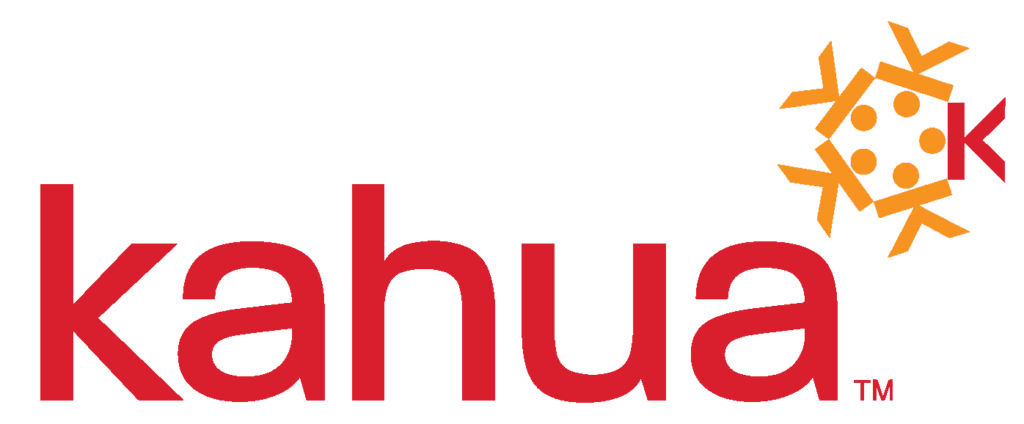90 Days Later: How Kahua has Rocked My Perspective on ConTech
The first week on the job as a new engineer began with my boss handing me the license to a software for onscreen takeoffs. The task that was voluntold to me was to evaluate this new-fangled toy and determine if it was worth purchasing for the entire department. After a few weeks and a simple “yes” (we were using digitizers otherwise), it became clear that I also, somehow, signed up to train the rest of the team.
Thus began the ride of blurring technology into construction. Now, approaching 20 years later, enabling digital transformations has become a constant theme in my career journey.
As I made a job change in early 2024, there was a common question that people began to ask over and over. “Why Kahua?” At first, there were superficial answers. “The people are great.” “The tech is awesome.” “I feel like I can make a difference.”
But over the last three months, a lot has happened. A LOT. And while I’m able to learn quickly through the familiarity in this new role and the vision we are striving to achieve, something is changing. There is a difference in underlying philosophy that is rewriting the history of my experience.
One-Size-Fits-All is a Myth
Read that again. The idea of an out-of-the-box, all-in-one, end-to-end solution that will solve all construction inefficiencies is unachievable. Whether it is the misconception of integration between a plethora of acquired solutions by a single provider (been there) or the rigid confines of a purpose-built set of features (done that), software as a service (SaaS) solutions fail to deliver.
Now don’t get me wrong, I am all about breaking down silos and consolidating data architectures, but sacrificing flexibility and agility in how projects are delivered should not be the trade-off.
Enter Kahua and the experience of a founding team that had done the SaaS thing before. The feature request list grew into the comma club by the time they reached critical mass, and they realized it was impossible to be everything for everyone. So, they started over with a new concept: Platform as a Service (PaaS) with a setup akin to your mobile device. There are commonly used apps out-of-the-box that allow you to start moving from day one, but the beauty lies in what is possible.
Take messages on your phone, for example. For many people, that is a perfectly capable application that serves their needs. For some though, circumstances are different, and they turn to something like WhatsApp that is more tailored to how they operate. That is how Kahua handles an RFI, or a Change Order or even a Submittal. Absolutely these things will work out-of-the-box for many users, but if you have a tweak or configuration that is slightly outside what Kahua considers normal, the application builder (kBuilder) becomes your editor. Which leads me to the next revelation.
There Is More Than One Way to PMIS
Previously, the first thought that came to mind when I considered the inverse of one-size-fits-all is that of a completely custom solution, built on bare-bones architecture and thousands of service hours. I have lived through that before. Experiences where we thought the implementation would go on forever. So, for years, I have lamented at the thought of configurable software.
But in this new role, as I shadowed a demo for a hospital owner and another for a public school and yet another for a data center developer, something clicked. Behind the power of a custom application builder lies the ability to create pre-packaged solutions for different industry segments. Think Kahua for Healthcare, Kahua for K-12 or Kahua for Transportation.
Where SaaS providers are forced to ship a single solution to every customer, PaaS allows delivering the specific apps to meet your specific needs. If you are focused on infection control risk management, as the saying goes, “there’s an app for that.” If you are more worried about your next Facility Conditions Assessment, that is covered too. Or if you have never dealt with either of those, there is another package up your alley.
But every so often, a package comes around that really does change the game. You see, traditional PMIS solutions are built around the project, with project-focused tracking, execution, delivery and metrics. However, a project is such a small, finite moment in the life cycle of an asset. Kahua’s Asset Centric Project Management flips the old project focus on its head with a packaged solution owners have been waiting for. Removing the “project after the project,” Kahua enables the collection and tagging of essential asset data from the beginning to empower O&M teams with the data they need for the long game.
There’s more I could say about Asset Centric, but that’s for another day. I’m guessing it has perked up your antenna though! As the story goes, to collect data like this from the beginning, everyone is forced into the same system. Or are they?
When Companies Truly Collaborate on a Single Source
On one project back in the day, my specific role was to take any RFI created in our system by our team and duplicate it into the owner’s system. Then, a few days (or weeks) later, I would receive the engineer’s response and type it back into our system to notify the team. It was painful, cumbersome and manual, but necessary for everyone to own a copy of the project data.
Even if what we were using back then was the same system as the company we were working with, we were still duplicating RFIs, changes and the like to support data ownership. And while that has been the reality of our industry for years, it no longer needs to be.
PaaS allows the domain of an owner to connect to the domain of a contractor which in turn is connected to the domain of the subcontractors. The Kahua Network connects the data and unique business processes of multiple entities (think owner and all contractors) on a major project: Everyone in their own Kahua environment with their own data, securely connecting the workflows of collaboration.
This is something we haven’t seen since the owner, engineer and contractor passed the same form around a shared office space on projects like the Empire State Building. If you want to talk about busting down the silos of data in construction, that is your stick of dynamite. Of all the things that rocked my understanding of what is possible, this is the one that took the cake.
Reinventing the Future
So, if you haven’t noticed, these last three months have been a bit invigorating. Sure, the superficial came true; I’ve met some incredible people, hit up some awesome events and offered a few differing opinions. But when it comes to the tech and the foundational core of PaaS, there is truly a difference in how Kahua is enabling innovation.
I may have spent a career building up all-in-one SaaS solutions as the evolution of ConTech, but after 90 days with a company that lives and breathes PaaS, I have a fresh perspective fueling the imagination of what’s possible.
The real question is, what would you do with this kind of solution?


